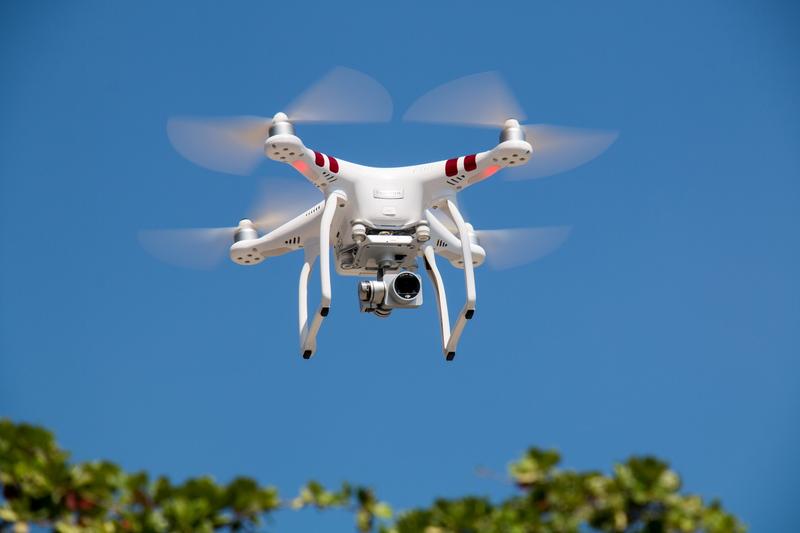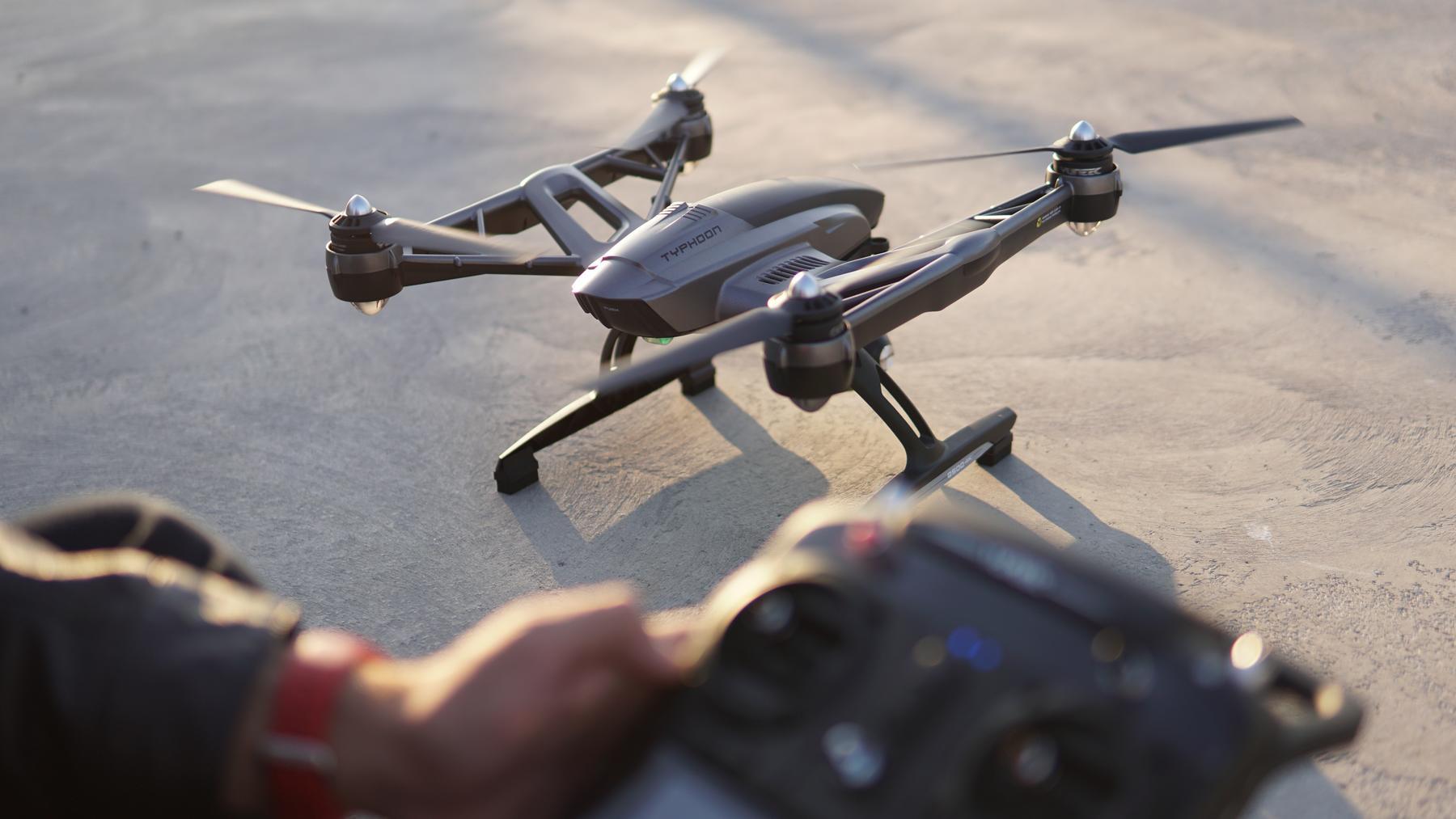Drones, also known as unmanned aerial vehicles (UAVs), have increasingly become integral tools in modern law enforcement operations. As technology advances, the capabilities of drones continue to expand, offering enhanced effectiveness in various aspects of policing and public safety. This evolution raises pertinent discussions about how drones are transforming the landscape of law enforcement.
Surveillance and Gathering Intelligence
The most significant advantage of drones in law enforcement is their ability to conduct surveillance and intelligence gathering. Drones can easily access areas that are challenging for personnel on foot, allowing for real-time monitoring and data acquisition. They can be equipped with high-resolution cameras and thermal imaging technology, which aids in tracking suspects, observing criminal activity, and gathering critical evidence without risking officer safety.
Furthermore, drones can provide law enforcement agencies with a bird’s-eye view, instrumental in planning and executing tactical operations such as raids or search-and-rescue missions.
Rapid Response and Mobility
Another critical aspect of drones in law enforcement is their rapid response capability. Unlike traditional methods, drones can be deployed quickly to arrive at incident scenes faster, providing immediate aerial support. This speed and mobility allow law enforcement officers to assess situations swiftly and accurately, which is crucial during emergencies like natural disasters or active shooter scenarios.
Community Safety and Crime Prevention
Drones also play a pivotal role in enhancing community safety and crime prevention. Their presence can deter criminal activities simply by being overhead. They offer valuable support during public events by monitoring large crowds and ensuring safety protocols are in place. Additionally, drones can be utilized for traffic management, controlling congestion, and providing real-time updates to officers on the ground.
As drones continue to develop, their integration into law enforcement strategies broadens, leading to more effective policing and better resource optimization.
Legal and Ethical Considerations
 While the benefits of drones are extensive, there are considerable legal and ethical considerations that must be addressed. Privacy concerns remain at the forefront as drones can capture detailed imagery and data that may infringe on citizens’ rights. Law enforcement agencies must adhere to strict regulations governing drone usage to balance privacy against security.
While the benefits of drones are extensive, there are considerable legal and ethical considerations that must be addressed. Privacy concerns remain at the forefront as drones can capture detailed imagery and data that may infringe on citizens’ rights. Law enforcement agencies must adhere to strict regulations governing drone usage to balance privacy against security.
Another point of concern is the potential for drones to be used excessively or inappropriately, which could lead to public mistrust. Therefore, transparent policies and accountability measures are vital to foster positive community relations and ensure drones are used appropriately.
Integration Challenges and Future Outlook
 Despite their advantages, integrating drones into law enforcement operations poses challenges, including budget constraints, training requirements, and technological limitations. However, continued investment and innovation in drone technology promise a future where these challenges are met, leading to optimal utilization in law enforcement.
Despite their advantages, integrating drones into law enforcement operations poses challenges, including budget constraints, training requirements, and technological limitations. However, continued investment and innovation in drone technology promise a future where these challenges are met, leading to optimal utilization in law enforcement.
The future of drones in policing looks promising, with advancements in AI potentially offering more autonomous drones capable of decision-making during missions, further enhancing operational efficiency.
FAQs
What type of missions are drones most effective in law enforcement?
Drones are exceptionally effective in surveillance, search-and-rescue operations, crowd monitoring, and rapid incident assessment scenarios.
How can privacy concerns be addressed with drone use in policing?
Law enforcement agencies must employ strict regulations and transparent usage policies to ensure drones do not infringe on individual privacy while maintaining public safety.
What advancements are expected in drone technology for law enforcement?
Future advancements may include AI integration, enhancing autonomous capabilities, and improving data analysis to optimize law enforcement operations.